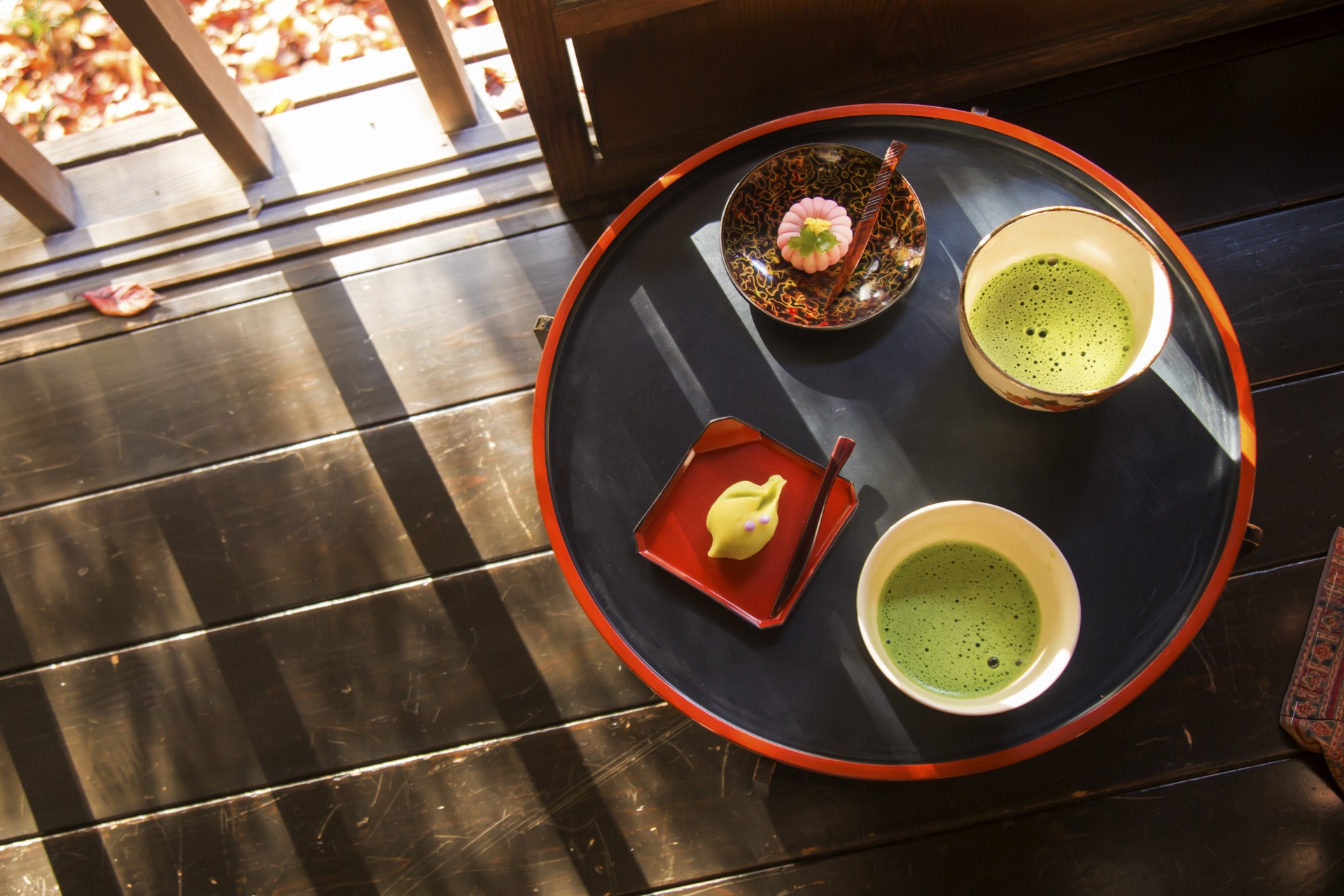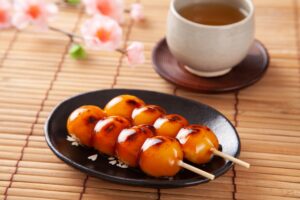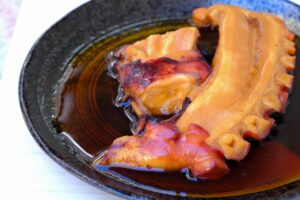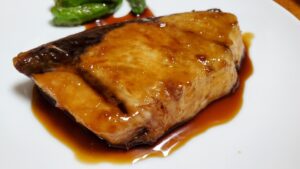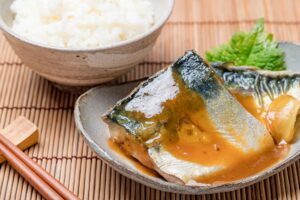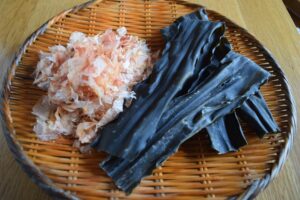Introduce the variety and cultural significance of Japanese desserts, touching on how they range from traditional sweets like mochi and dorayaki to modern innovations like matcha-flavored pastries. Highlight the growing interest globally in Japanese desserts and what makes them so unique.
Introduction to Japanese Desserts
Japanese desserts are as diverse and rich in history as the country’s culture. From the chewy sweetness of mochi to the delicate artistry of wagashi, Japan’s dessert scene has something for every palate. Traditionally, these sweets have been enjoyed during special occasions or as part of tea ceremonies. However, Japanese desserts have increasingly gained global popularity, thanks in part to modern twists like matcha-flavored pastries and mochi ice cream. Whether you’re a seasoned foodie or someone new to Japanese cuisine, exploring these desserts offers a delightful mix of taste, texture, and tradition.
Traditional Japanese Desserts and Their History
Japanese desserts, known as wagashi, are often intricately tied to festivals and religious ceremonies. Many traditional sweets are made from natural ingredients like rice flour, beans, and chestnuts, reflecting the seasonal availability of ingredients. For example, mochi is traditionally eaten during New Year’s celebrations, while dorayaki, a sweet pancake filled with red bean paste, has been a beloved snack for centuries. Many of these desserts have a symbolic meaning, representing good fortune, happiness, or the changing seasons.
Mochi: Japan’s Iconic Sticky Rice Treat
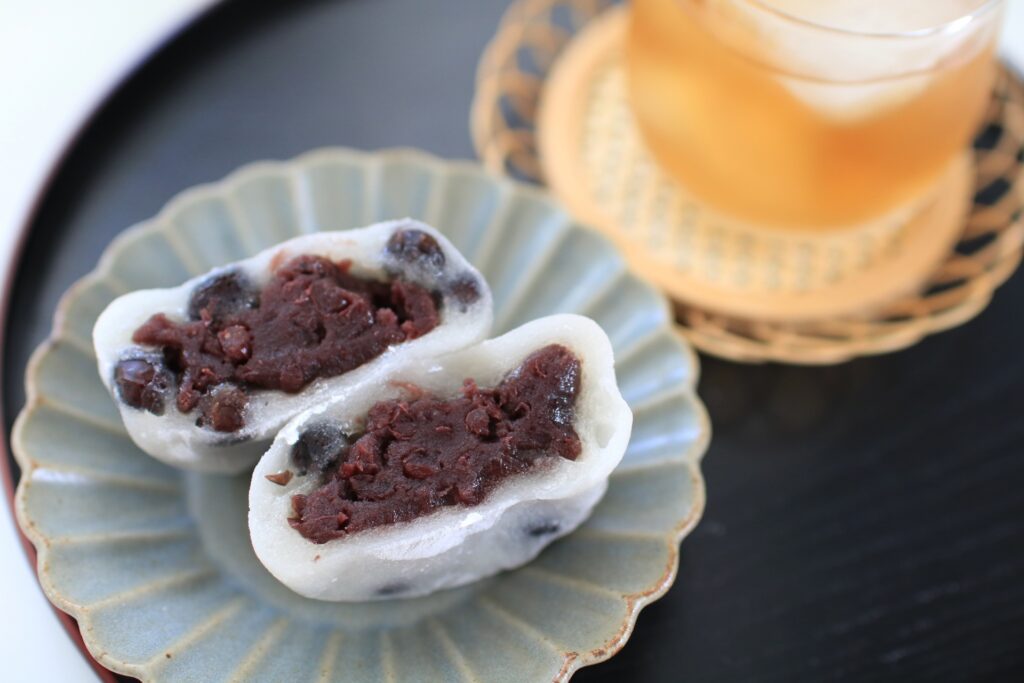
Mochi is one of Japan’s most iconic and beloved desserts. Made from glutinous rice, mochi has a chewy texture that can be molded into various forms. Daifuku, a popular variation, is filled with sweetened red bean paste. Mochi is a staple in Japanese festivals, particularly during the New Year’s celebration, where it is believed to bring luck and prosperity. Other variations include dango—mochi balls served on a stick, and warabi mochi, which is a jelly-like version served with sweet syrup.
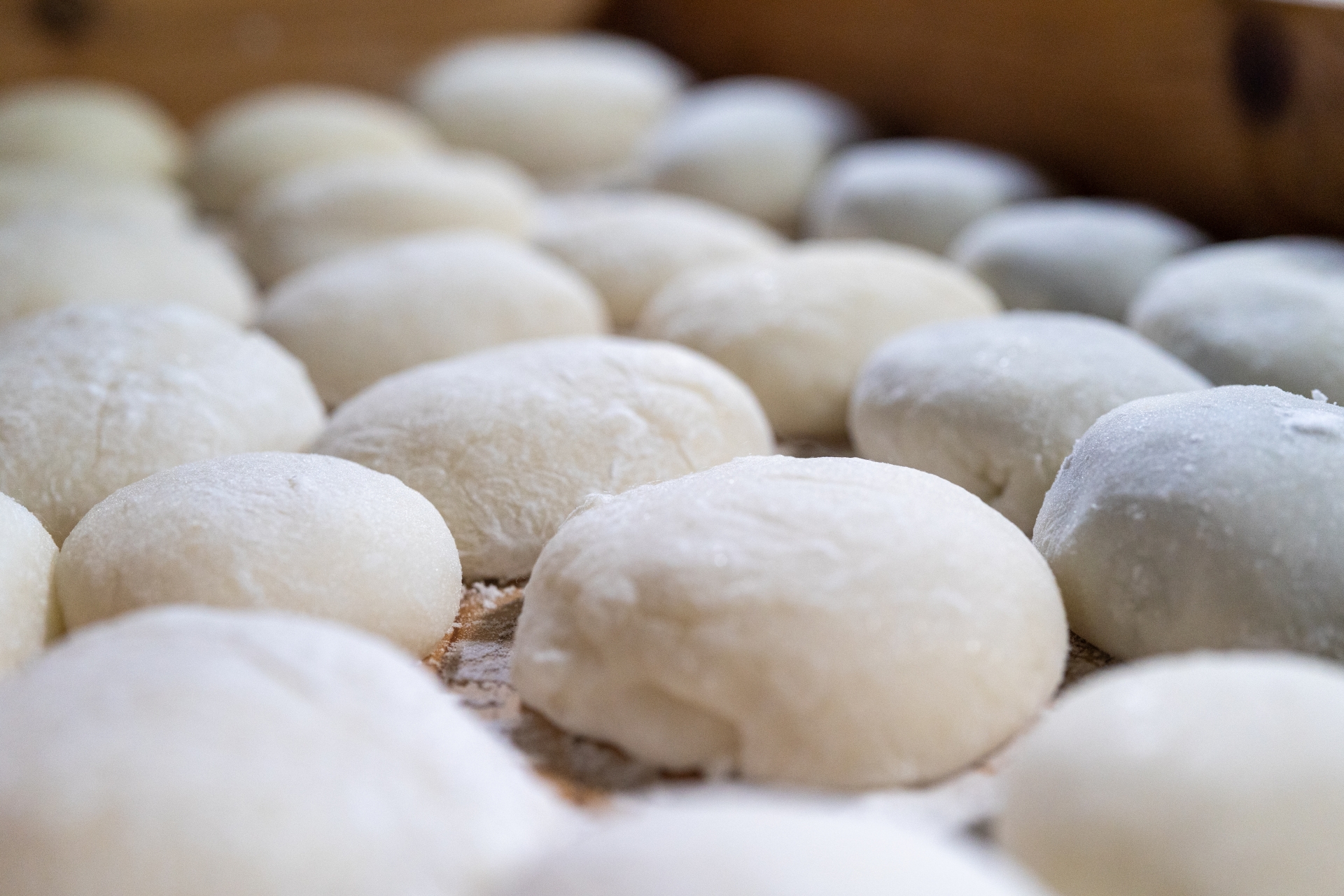
Taiyaki: The Fish-Shaped Pastry with a Sweet Surprise
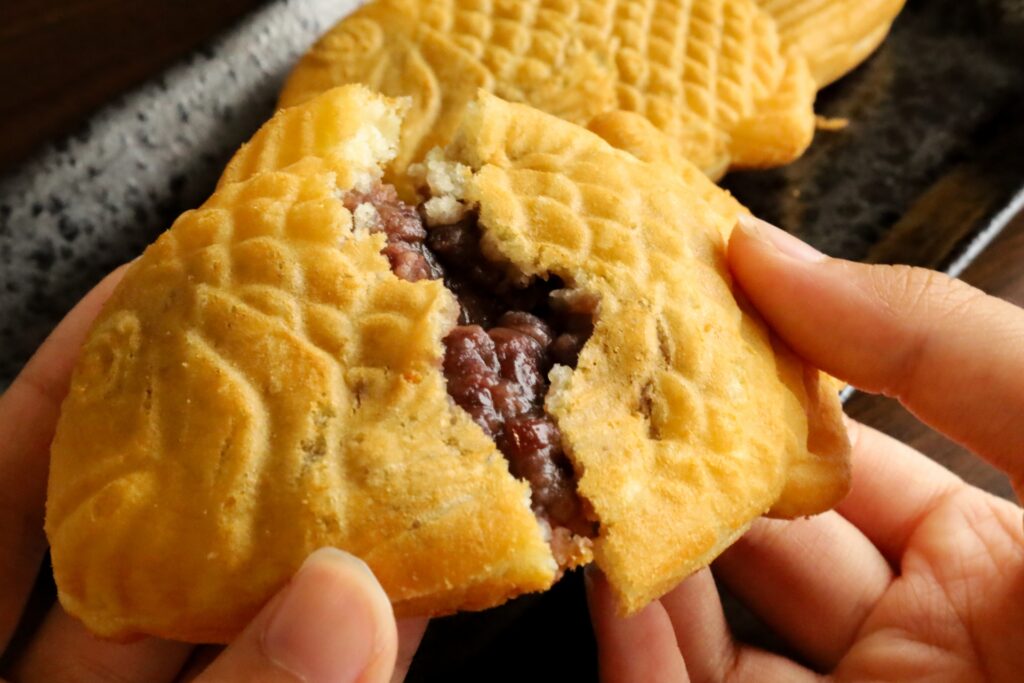
Taiyaki is a popular traditional Japanese pastry shaped like a fish, specifically a sea bream (tai), which is considered a symbol of good luck. It’s made by pouring batter into a fish-shaped mold, adding a filling, and then cooking it until crispy on the outside. The most common filling is anko, a sweet red bean paste, but variations with custard, chocolate, sweet potato, or even savory fillings like cheese are also widely enjoyed today.

Wagashi: Artful Japanese Sweets for Tea
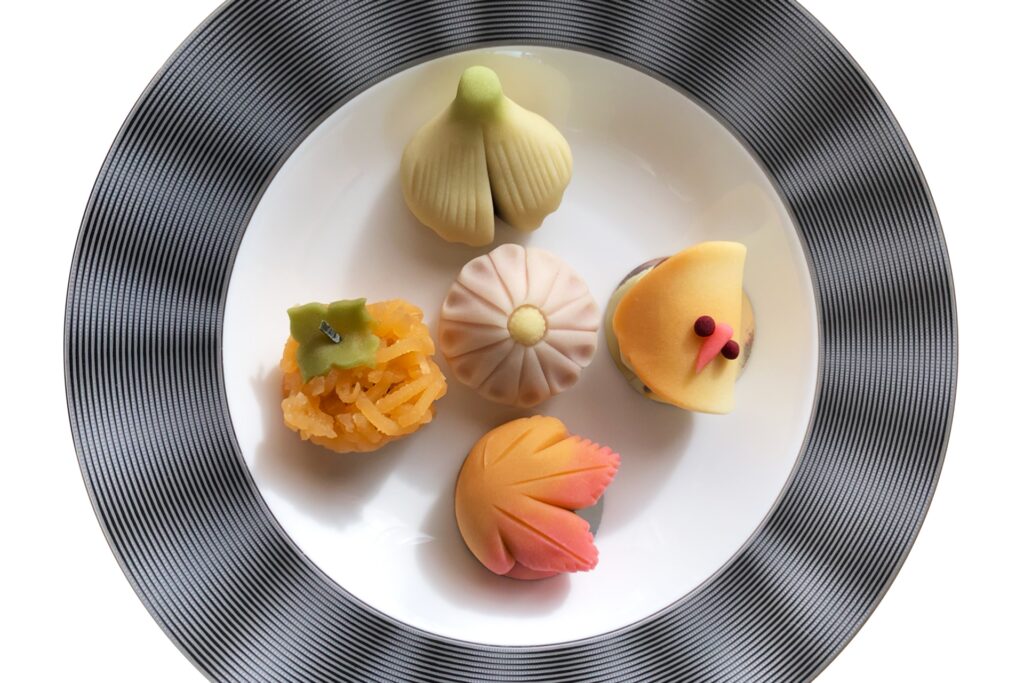
Wagashi are traditional Japanese confections that are often paired with tea, particularly matcha. These desserts are known for their artistry and the way they reflect the beauty of nature. Each piece of wagashi is meticulously designed to represent a flower, leaf, or fruit, often symbolizing the season in which it is enjoyed. The careful craftsmanship behind wagashi makes them more than just food—they are considered a work of art, designed to stimulate all five senses. The ingredients are simple, often made from bean paste, agar, and rice, but the attention to detail is what makes them special.
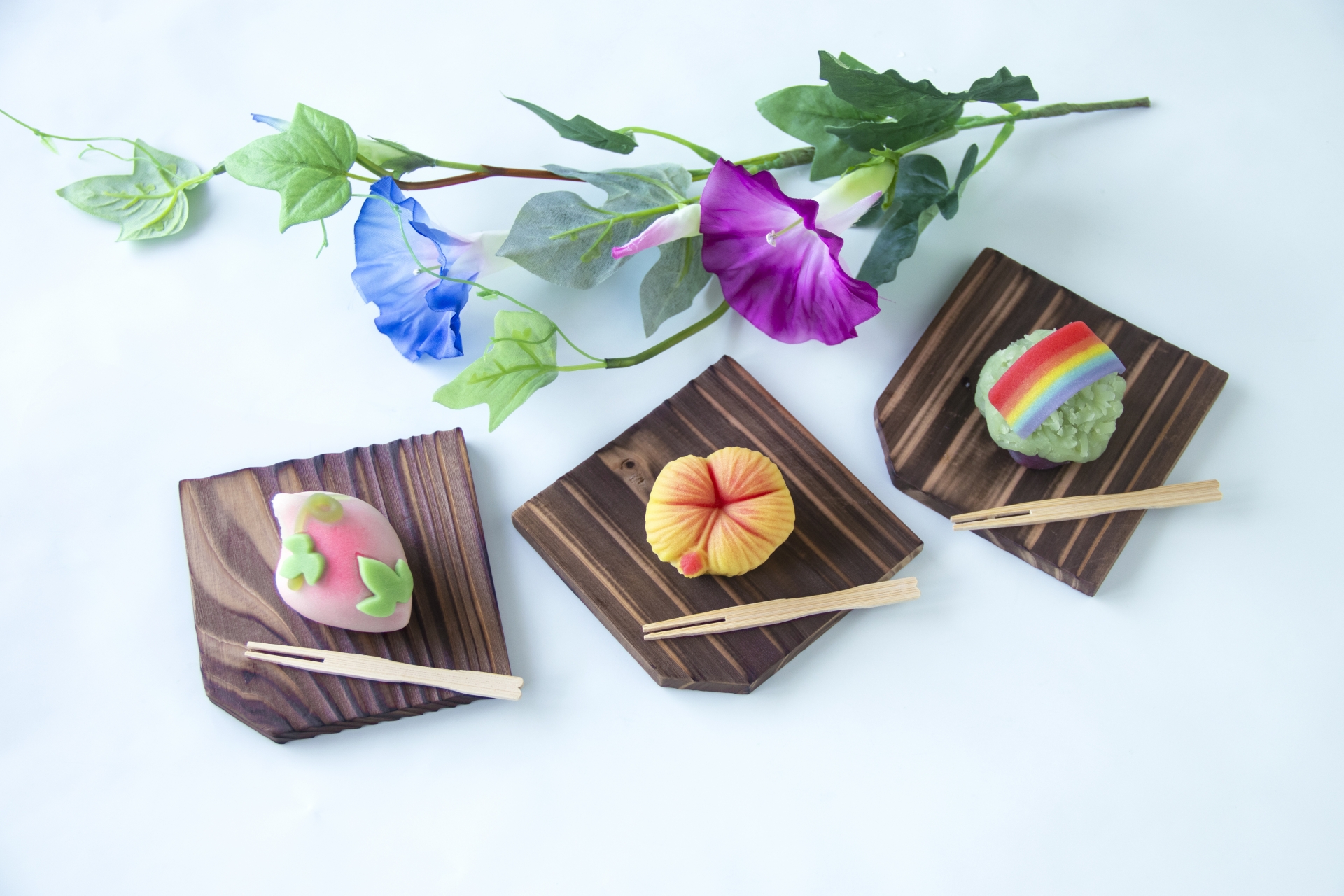
Easy Japanese Dessert Recipes to Try at Home
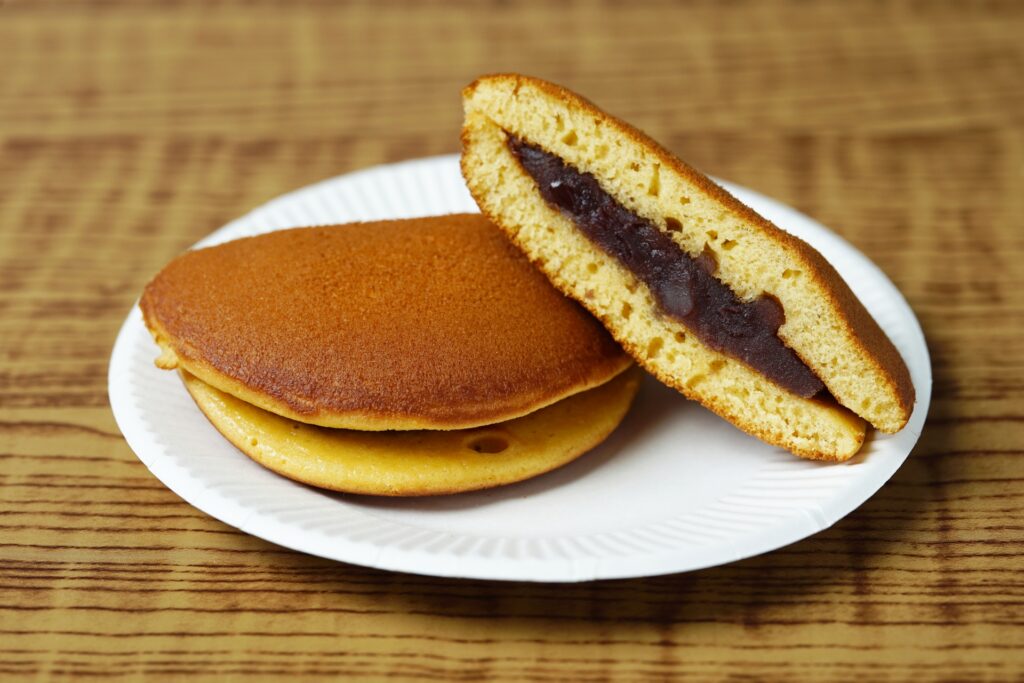
While Japanese desserts may seem complex, many are easy to make at home with the right ingredients. Mochi is a great starting point for home bakers—recipes usually require just a few ingredients, such as glutinous rice flour, sugar, and water. For those with a sweet tooth, dorayaki (pancakes filled with sweet bean paste) can be made with simple pantry ingredients. Matcha-flavored desserts, such as matcha cookies or matcha cheesecake, have also become popular outside Japan. These recipes can be easily adapted to suit dietary preferences, including vegan and gluten-free options.
Healthy and Vegan Japanese Dessert Options
As global dietary trends shift towards healthier options, there has been a rise in vegan and low-sugar versions of traditional Japanese desserts. For example, vegan mochi can be made using plant-based milk alternatives, and many types of wagashi are naturally vegan, as they primarily rely on beans and rice. Additionally, low-sugar variations of desserts like dorayaki and anmitsu are becoming popular, often using natural sweeteners such as dates or stevia. This allows dessert lovers to enjoy the flavors of Japan without compromising on their dietary needs.
Japanese Dessert Ingredients and Where to Find Them
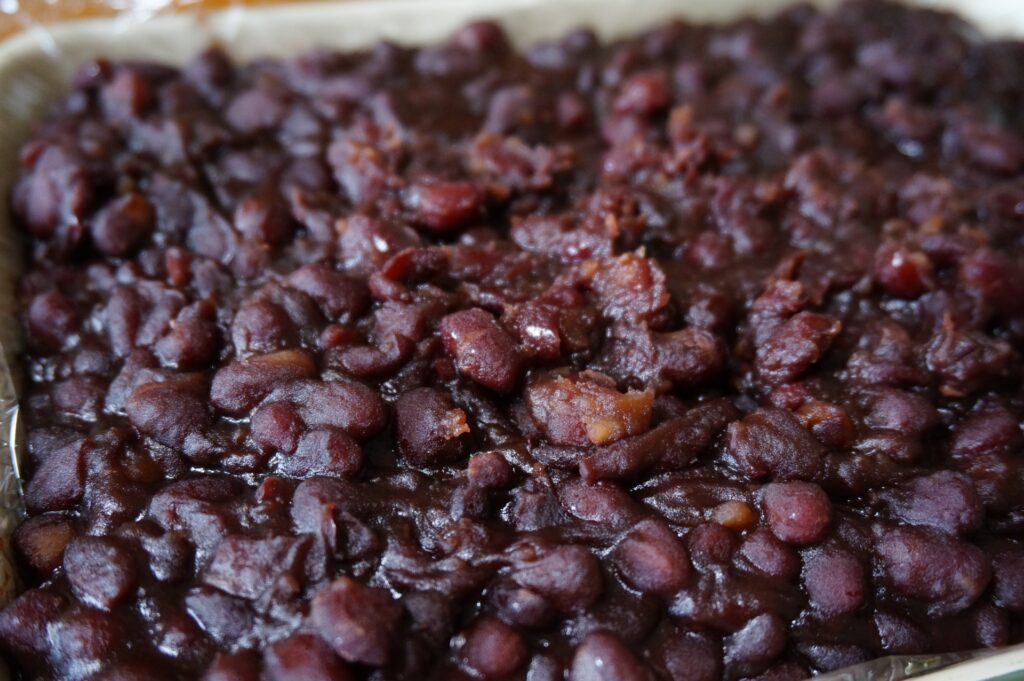
Many Japanese desserts use unique ingredients like anko (sweet red bean paste), matcha (green tea powder), and mochi flour (glutinous rice flour). These ingredients are essential for recreating authentic Japanese desserts. While they may not be commonly found in standard grocery stores, they are widely available online or in Asian supermarkets. Alternatives can also be used for some ingredients—for instance, substituting agar for gelatin in vegan recipes or using almond flour for a gluten-free version of mochi. Knowing where and how to source these ingredients can make experimenting with Japanese desserts at home much easier.

